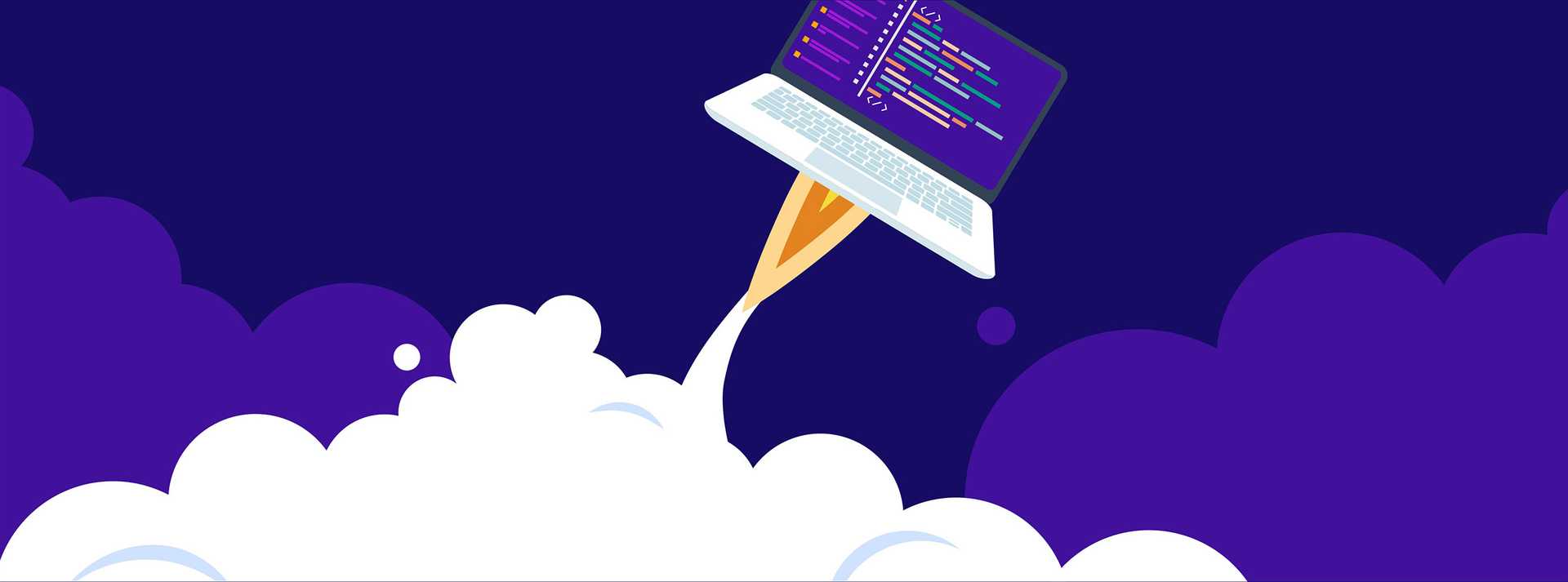Recent Posts of Revenue

24 April, 2020
The increase of refugee arrivals in Europe and the US created a significant challenge in the social and economical environment. At the same time, the need for employees in the tech world is constantly growing. One of the most promising ideas emerging from this situation were Coding Schools for refugees. Coding schools were created in […]

10 March, 2020
Thinking about becoming a Freelance Developer? Freelancing can provide overall freedom for you to decide your working hours and salary. Let’s go over some common challenges, pros, cons and trade-offs you may encounter choosing this career path. Hopefully, my experience will help you make an informed decision. Challenge #1: Steady Income A strong point in […]

06 December, 2019
It is increasingly recognized that a successful workplace depends on diversity and inclusion in any organization. Moreover, we now have proof of the correlation between gender diversity and better business performance. Efforts are made to increase diversity in the more traditional ecosystems, i.e including women in tech, finance or data analytics. However, data show we […]

12 October, 2016
Oculus previews a new untethered headset, Cyanogen shifts business strategy to a modular OS program and online furniture store Wayfair releases its first API.

28 September, 2016
In this edition Google is reportedly planning hybrid devices that run both Android and Chrome, game developers boycott Oculus due to its founder’s support for Donald Trump and Google takes its Daydream SDK out of beta.

23 December, 2014
In our latest report, App Economy Forecasts 2015 – 2017, we estimate the number of mobile developers in 2014 at 5.5 million. Demand for mobile development skills has never been higher and yet revenue from app store sales cannot possibly pay their salaries.

07 November, 2014
In a world that is increasingly dominated by mobile applications and cloud services, APIs are becoming crucial to developers and service providers alike. But what are developers actually getting? And is this what service providers think they provide?

06 August, 2014
We have just published a research note with an update to last year’s an European App Economy report. The good news is that Europe’s app economy still accounts for 19% of global revenues and is growing strongly at a 12% annual rate. The bad news is that the rest of the world, particularly Asia, is growing much faster.

26 May, 2014
In the mobile software world, developers are considered vital to the health of platforms, of which they have several to choose from. Platform owners have to work very hard to make sure their SDKs and tools are easy to use. Too much friction, too little documentation or too steep a learning curve can drive developers away. Which platforms are the easiest to develop for?

14 April, 2014
Car makers have started a major offensive to get more apps in their vehicles and open up to outside developers. Their efforts have sparked an interest in the developer community. “A year ago there was very little interest from mobile developers because the automotive market was perceived as being too insignificant”
Contact us
Swan Buildings (1st floor)20 Swan StreetManchester, M4 5JW+441612400603community@developernation.net